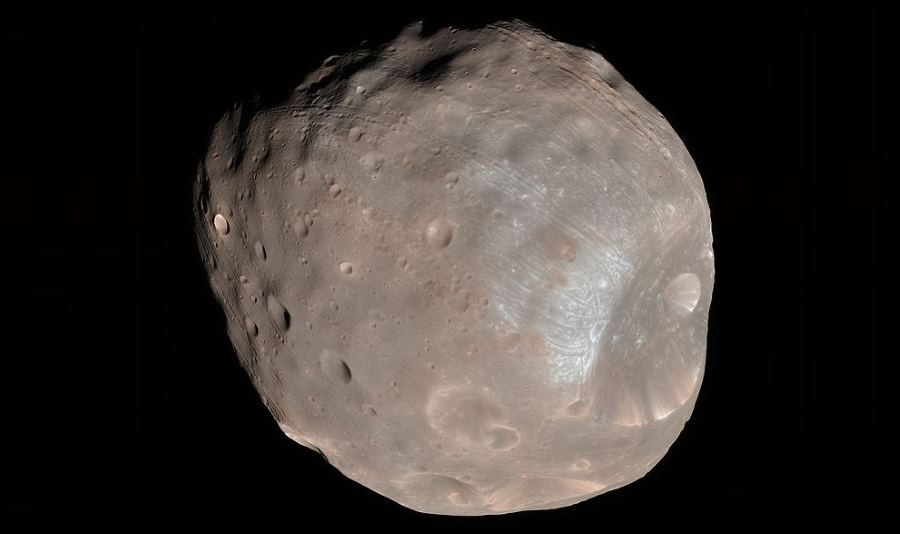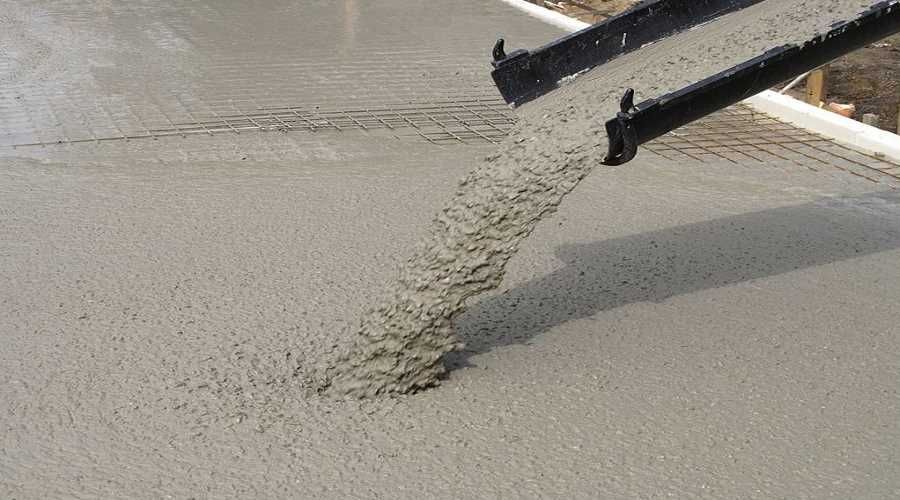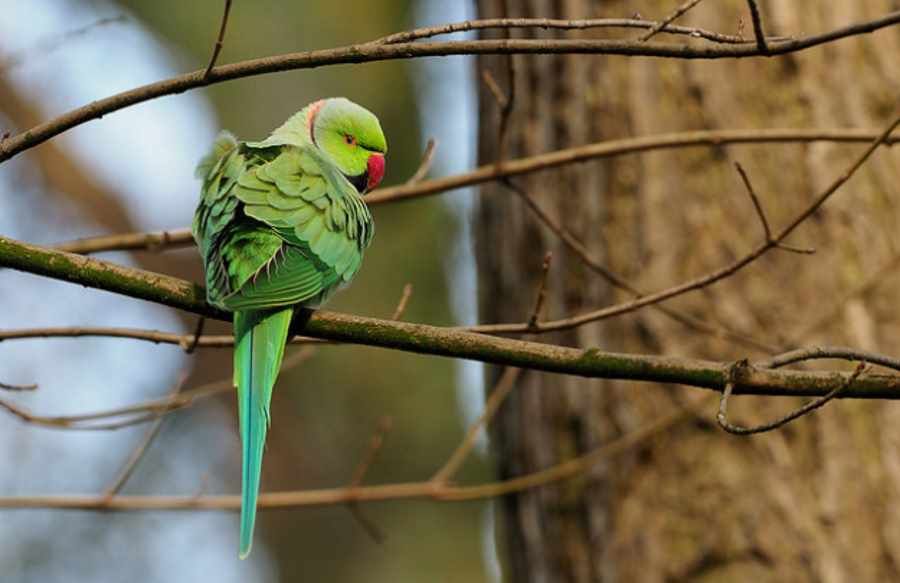Scientists from AGH and CBK PAN will help in the first landing on Phobos
Scientists from AGH and CBK PAN will help in the first landing on Phobos
Scientists from the AGH University of Science and Technology in Krakow and the Space Research Center of the Polish Academy of Sciences will take part in the “LOOP – Landing Once on Phobos” project, which aims to make the first landing on one of the two moons of Mars – Phobos.
„LOOP – Landing Once on Phobos” is a project implemented by the European Space Agency (ESA). Research by scientistsow of the Department of Gohe Academy of Science and Geoengineering of the Gorniczo-Hutnicza in Krakow and the Space Research Center of the Polish Academy of Sciences are part of this project, ktorego goal is to embed a lander on Phobos.
Phobos is one of the twooch moonoin Mars. It is larger than Deimos and orbits much closer to the Red Planet than Deimos. Orbits so close that it is invisible from the surface of Mars from the areaoin the circumpolar. Phobos orbits Mars faster than it rotates wokoł own axis. Its area is more than six thousand kilometersoin square.
The conditions on Phobos have not been well studied. Scientists surmise that the gravitational acceleration on the Red Planet’s natural satellite is more than a thousand times smaller than on Earth. There are extremely difficult weather conditions there – temperatures range from minus 4 to over minus 110 degrees Celsius. Celsius.
„The matter is made more difficult by the roAlso limited knowledge of the ground with whichorego is built Phobos (the so-called. regolith). The moment of contact between the lander’s foot and the moon’s surface will therefore be crucial during the landing. The designation of the roThe different variantsoin the construction of the Phobos surface is one of the tasks of the research team from the Department of GoThe AGH University of Science and Technology in Cracow, Poland" – informed the university in a press release sent to PAP.
Due to the already mentioned low gravitational acceleration, it is extremely important that the lander does not bounce off the surface and land the first time. Polish scientists are tasked with developing a mathematical model of the contact between the lander’s foot and the surface of Phobos.
Dean of the Faculty of GoThe research was carried out at the AGH University of Science and Technology in Warsaw, where prof. Marek Cała admitted that „The implementation of this project is just one of many elementsoin components thatory is expected to lead to the development of rules for safe and repeated asteroid landings”. He also added that the asteroids wkrotce will be used as a source oforaw material sourceow and in the coming years there will be a rapid development of theoj space gornictwa.
Scientists from AGH and CBK PAN will probali recreate the conditions on Phobos, which will allow to conduct meaningful simulations. Detailedolnie important is to study the robison on a different type of substrate and to see how it will behave in contact with the lander’s foot.
The exact date of the launch of the mission to Phobos is not yet known, but Polish researchers have two years to implement the project.


